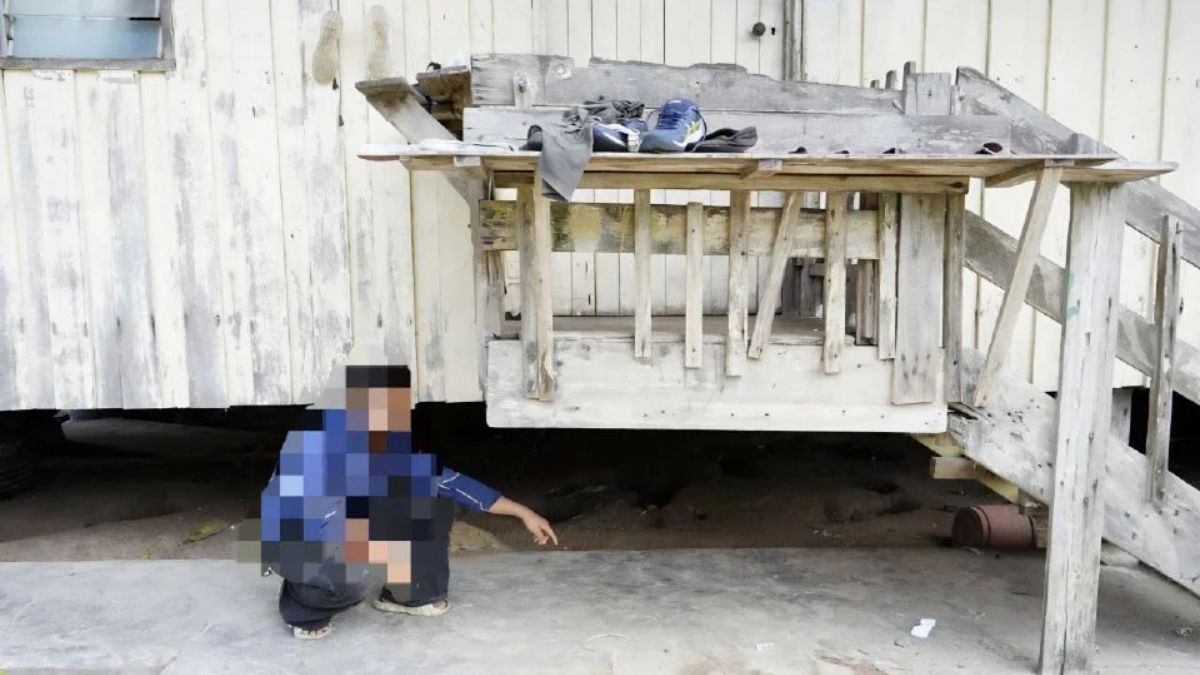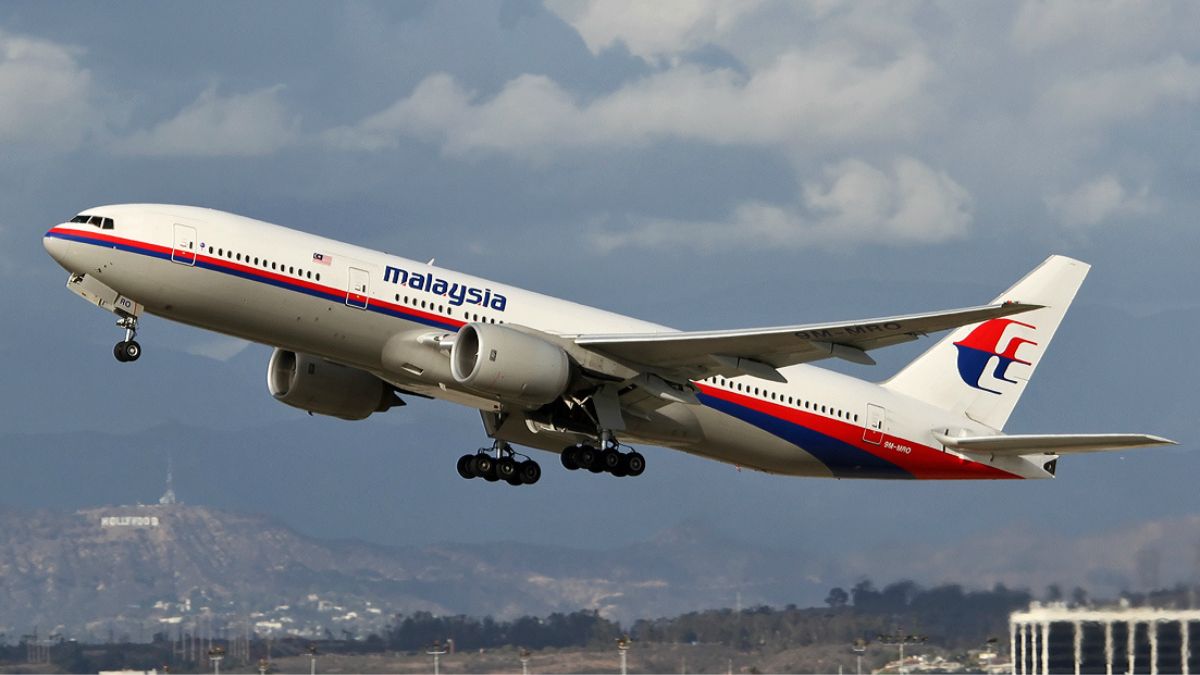Johor Bahru-Singapore RTS Link train unveiled, project 56% complete
The first train for the Johor Bahru-Singapore Rapid Transit System (RTS) Link was unveiled on 30 June 2025, marking a major milestone in the cross-border rail project, which is now 56 per cent complete and set to begin full operations in December 2026.

- The first RTS Link train was unveiled on 30 June 2025, with the cross-border project now 56 per cent complete.
- The 4 km line will connect Woodlands North in Singapore to Bukit Chagar in Johor Bahru by December 2026.
- The system will carry up to 10,000 passengers per hour, cutting Causeway congestion by 35 per cent.
The first train for the Johor Bahru–Singapore Rapid Transit System (RTS) Link was officially unveiled on 30 June 2025, in a ceremony that marked a major milestone in the cross-border project.
The event, held at the Singapore Rail Test Centre in Tuas, was jointly hosted by the transport ministries of Singapore and Malaysia. The train, manufactured by China Railway Rolling Stock Corporation Zhuzhou Locomotive, was delivered to Singapore in April.
With the unveiling, project completion has now reached approximately 56 per cent. Full operations are expected to begin in December 2026, connecting Woodlands North Station in Singapore to Bukit Chagar Station in Johor Bahru across a four-kilometre stretch.
Ministers highlight milestone achievement
Singapore’s Acting Transport Minister Jeffrey Siow described the launch as a “key milestone” towards the project’s completion.
“With the unveiling of the first train, we are one step closer to the commencement of RTS Link service,” Siow said. “The RTS Link will boost connectivity between our two countries, fostering stronger ties and shared economic and social benefits.”
Malaysia’s Transport Minister Anthony Loke echoed his counterpart’s remarks, calling the unveiling an important achievement. “Today is a very important milestone for this RTS project. We are in the final 18 months before we see the operation of RTS,” he stated.
Bilateral significance and regional development
Loke stressed the broader significance of the project, noting that it reflects “friendship, trust and mutual respect” between Malaysia and Singapore. He highlighted its strategic role in the Johor-Singapore Special Economic Zone, an initiative aimed at strengthening trade and investment ties.
“Without this link, I’m sure it would not be as interesting as we are today,” Loke remarked, underlining the importance of the rail system to economic cooperation.
Johor’s Chief Minister, also present at the ceremony, shared a group photograph of the occasion on social media, signalling local enthusiasm for the project.
Next stages in construction and testing
RTS Operations (RTSO), the joint venture formed by Singapore’s SMRT and Malaysia’s Prasarana, will begin off-site systems integration testing of the first train in the coming months. This will include work on signalling, platform screen doors, and communication systems.
Final assembly of the remaining seven trains commenced in Malaysia in late 2024 and is scheduled for completion by the end of 2025.
Comprehensive testing of the main rail line is planned between the fourth quarter of 2025 and the third quarter of 2026. Trial operations will follow in the fourth quarter of 2026, leading up to the launch of passenger services in December that year.
Fare structures and commuter convenience
On the issue of ticket pricing, Loke said that RTSO is finalising a market study to set fares that will encourage broad ridership. “The whole idea of this project is to make the modal shift to ensure that more people use public transport to cross the Causeway,” he noted.
Both transport ministers confirmed that an open payment system will be implemented, enabling passengers to pay via multiple methods for convenience. “What we mean is we do want to give commuters as many options as possible,” Siow said.
Train capacity and journey times
Each RTS Link train will be driverless, comprising four cars with a capacity of 1,087 passengers. Trains will operate daily between 6 am and midnight, running every few minutes during peak periods.
At maximum frequency, the system will carry up to 10,000 passengers per hour in each direction. The journey from Woodlands North to Bukit Chagar is expected to take just five minutes, significantly reducing travel time across the busy Causeway.
Passengers will clear both Singaporean and Malaysian customs and immigration at their station of departure, a move designed to enable seamless disembarkation upon arrival.
Alleviating Causeway congestion
According to estimates provided by the Malaysian transport ministry, the RTS Link will cut Causeway congestion by up to 35 per cent once it is operational. Currently, about 350,000 people cross the land link between Johor Bahru and Singapore every day, making it one of the busiest border crossings in the world.
By shifting a substantial share of travellers to rail, the RTS Link is expected to reduce traffic bottlenecks while also lowering the environmental footprint of cross-border commuting.
Broader context of cross-border transport links
The RTS Link project, first conceived more than a decade ago, faced several delays before construction gained momentum in recent years. Challenges included cost negotiations, design modifications, and disruptions during the COVID-19 pandemic.
Now entering its final phase, the rail link is regarded as one of the most significant infrastructure developments in the region. It will complement existing cross-border transport arrangements, including buses and private vehicles, by offering a faster and more predictable alternative.
Transport analysts note that the project will also support broader economic integration efforts between Johor and Singapore, helping to attract businesses and talent by improving daily connectivity.
Looking ahead
With just over 18 months remaining before full operations, both governments have reaffirmed their commitment to completing the project on schedule.
Testing phases are expected to intensify in 2026, with authorities focusing on ensuring safety, reliability, and efficiency. If milestones continue to be met, commuters can expect a significant improvement to cross-border travel by the end of next year.
The unveiling of the first RTS Link train represents not only progress in engineering and infrastructure, but also a tangible sign of closer regional cooperation.








0 Comments